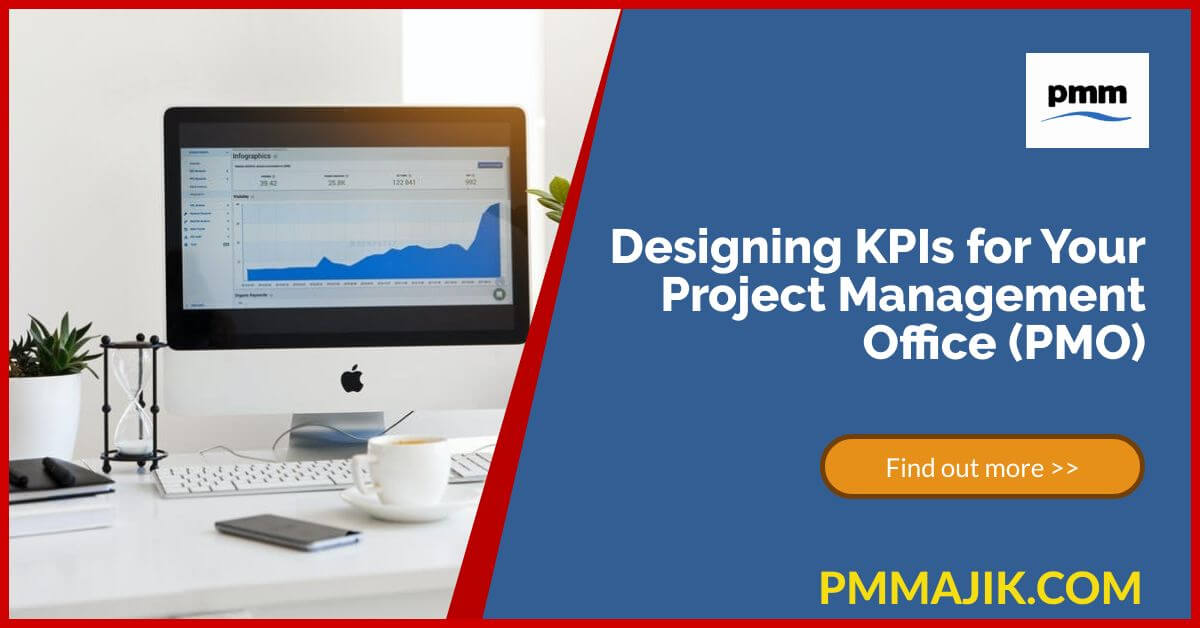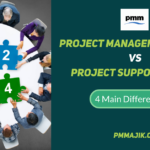When designing KPIs for your project management office (PMO), you need to take into account different factors. The type of organisation your PMO serves, along with your C-suite sponsor, and even the reason for the office’s inception all feed into your KPIs.
There’s a lot of different types of measures for your PMO, which we’ve covered on recent articles. You can measure the financial success, strategic contributions, and more alternative elements of your PMO.
After looking at all the different types of KPIs you can choose, it’s time to figure out which ones will work best for your office. We’re going to cover:
- What a set of KPIs needs to achieve
- Factors to consider when designing KPIs for your PMO
- How the PMO sponsor affects how to design your KPIs
What do I need to consider when designing KPIs for my PMO?
There are general principles that go along with designing any set of KPIs for any business area. It’s generally accepted that KPIs, targets, and objectives need to be SMART:
- Specific
- Measurable
- Achievable
- Relevant
- Time-bound
Yet, there are more things that you can think about to make your KPIs truly meaningful. You might be revisiting your KPIs as part of a restructuring or refocussing exercise, or generating KPIs for a newly inaugurated office.
Your KPIs need to be able to tell a story and explain the activities of your projects. You need to assess the potential outcomes and ensure they don’t encourage negative behaviour such as logging on to a system for the sake of it.
Your office targets also need to take into account the bigger picture across the business. In the other direction, you need to design KPIs at PMO level that can translate down to projects – project activity needs to be able to directly affect PMO KPIs.
How can my KPIs work for the organisation in general?
A PMO is primarily responsible for getting projects delivered on time and on budget. There’s a lot more to it, and even different ways to measure project success.
Although financial goals are important in a profit driven organisation, what about in the public sector? Should you measure returns on investment in local government? You’d need to determine what the return looks like and how to link that to money spent.
Similarly, strategic goals will be different in a start-up as compared to a mature corporate entity. A big business may aim to maintain engagement and challenge competitors, whilst a new company will want to disrupt markets and grab market share.
Consider, also, the reason the PMO was created in the first place. A PMO is usually set up to sole a problem that was identified. Although the KPIs available when designing your targets are broadly similar, you need to make them relevant to what the business is looking to achieve.
How does my PMO sponsor change my KPI design?
Where your PMO falls within the business will have an effect on the KPIs you work with. Your C-level sponsor should give input as to what they expect to see from your PMO. The position in the overall structure will also tell you what the PMO is there to achieve.
- Chief executive officers are likely to want to see the overall operational contribution of the PMO to a business, with a focus on financial success but also how the business improves through projects.
- Chief financial officers will be very much engaged with the bottom line of projects and how the PMO boosts profits, design KPIs that have a value focus.
- Chief technology officers may lead the PMO in a software-heavy business. They will want to understand about the quality of the projects and how each adheres to the requirements, as well as finances
The take home
Getting the right KPIs for your PMO will allow it to drive the business forward and see long-term success for projects and for team members. The challenge of designing KPIs for your PMO lies in understanding what the company or organisation is looking for. When you understand what’s expected both in terms of what the company or organisation is aiming for and what your sponsor expects from your office, you can have positive and effective KPIs in place.






